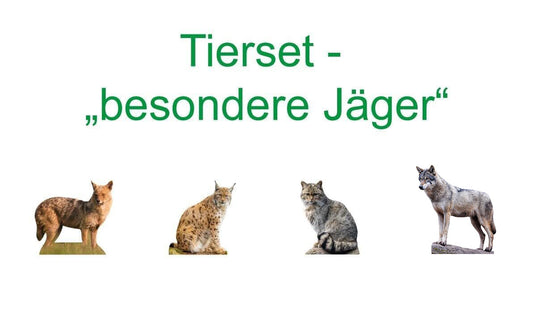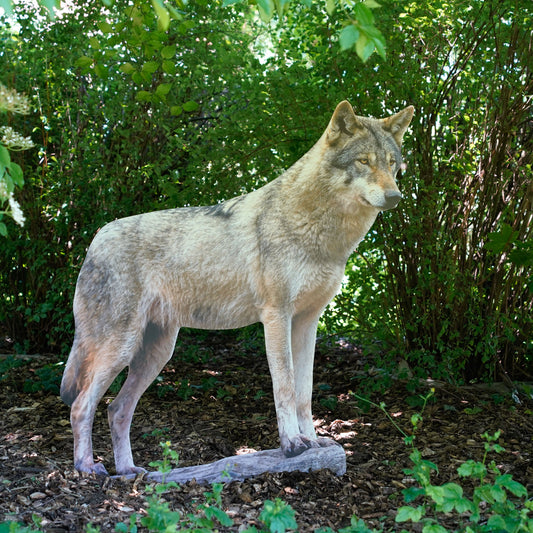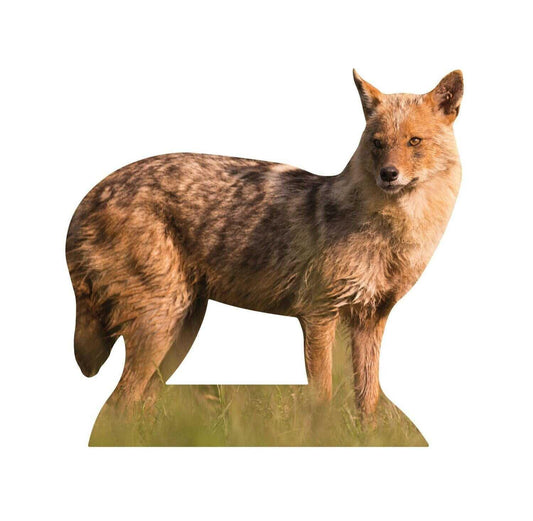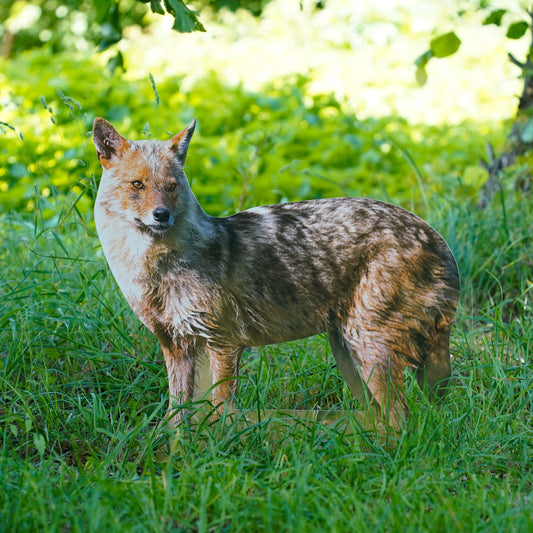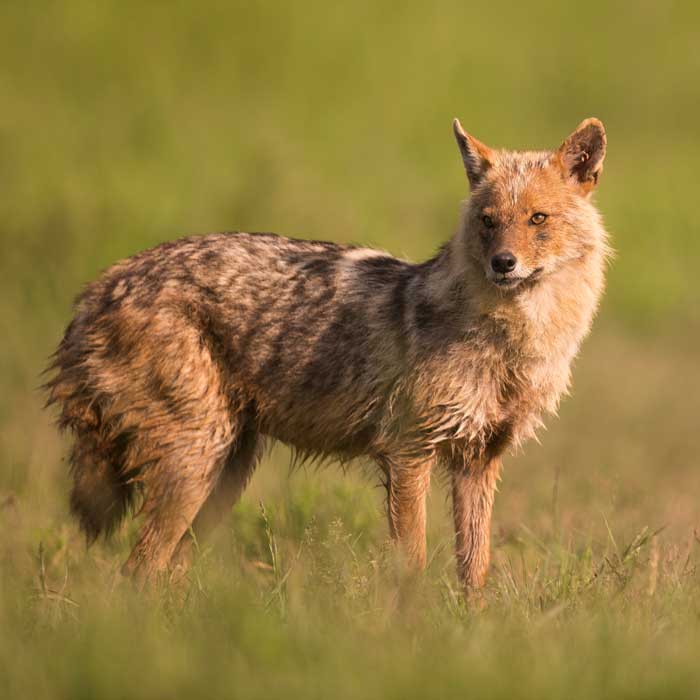
golden jackal
The golden jackal, a fascinating member of the Canidae family, is an adaptable and versatile predator that thrives in a variety of habitats. This fact sheet provides a detailed overview of the biology and ecology of the golden jackal and highlights the importance of protecting its habitats and living peacefully with humans.
golden jackal Products
-
Animal set - "special hunters"
1 reviewRegular price From 299,90€Regular priceUnit price / per329,90€Sale price From 299,90€Sale -
Animal display gold jackal
Regular price From 59,90€Regular priceUnit price / per -
Animal display Golden Jackal - Outdoor Set
No reviewsRegular price 75,50€Regular priceUnit price / per -

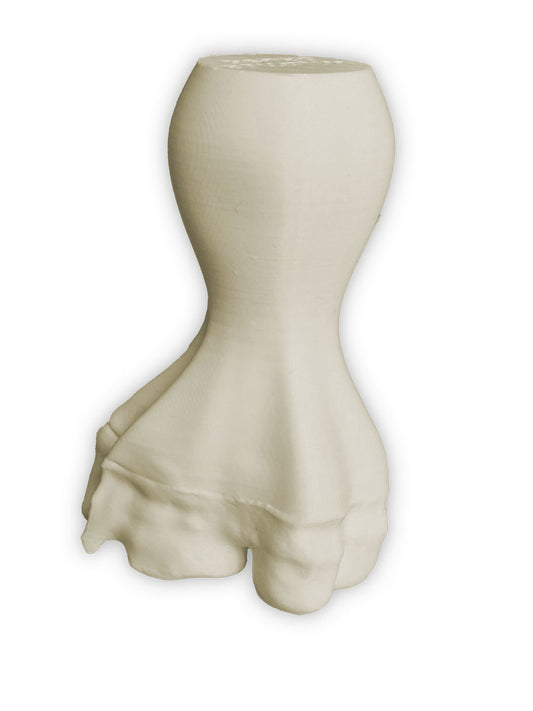 Sold out
Sold outLife-size deer foot stamp
No reviewsRegular price 34,90€Regular priceUnit price / per
Profile: golden jackal
-
Scientific classification
- Class: Mammalia (mammals)
- Order: Carnivora (predators)
- Family: Canidae (dogs)
- Genus: Canis
- Species: C. aureus (golden jackal)
-
Physical characteristics
- Size: Body length from 70-105 cm
- Shoulder height: 40-50 cm
- Weight: 6-14 kg, depending on gender and region
- Special features: Slender build, bushy tail, yellow-brown fur with dark spots, large ears and narrow muzzle.
-
Habitat and distribution
- Common regions: Africa, Asia, Europe
- Habitat: Diverse, from forests to grasslands to urban areas; adaptable and often found near human settlements.
-
Nutrition
- Diet: Omnivorous with predominantly animal food
- Typical food: small mammals, birds, insects, fruits, berries, carrion, occasionally human waste.
-
Reproduction and lifestyle
- Mating season: Year-round or seasonal, depending on the region
- Gestation period: Approx. 60 days
- Litter size: 3-6 young per litter
- Brood care: Both parents participate in raising the young
- Social structure: Mostly in pairs or small family groups.
-
Lifespan and protection status
- Life expectancy: Up to 16 years in the wild
- Endangered status: Not threatened, but conflict with farmers and habitat loss due to human activities may affect local populations.
- Conservation measures: protection and conservation of habitats, education about the benefits of jackals, conflict management.

